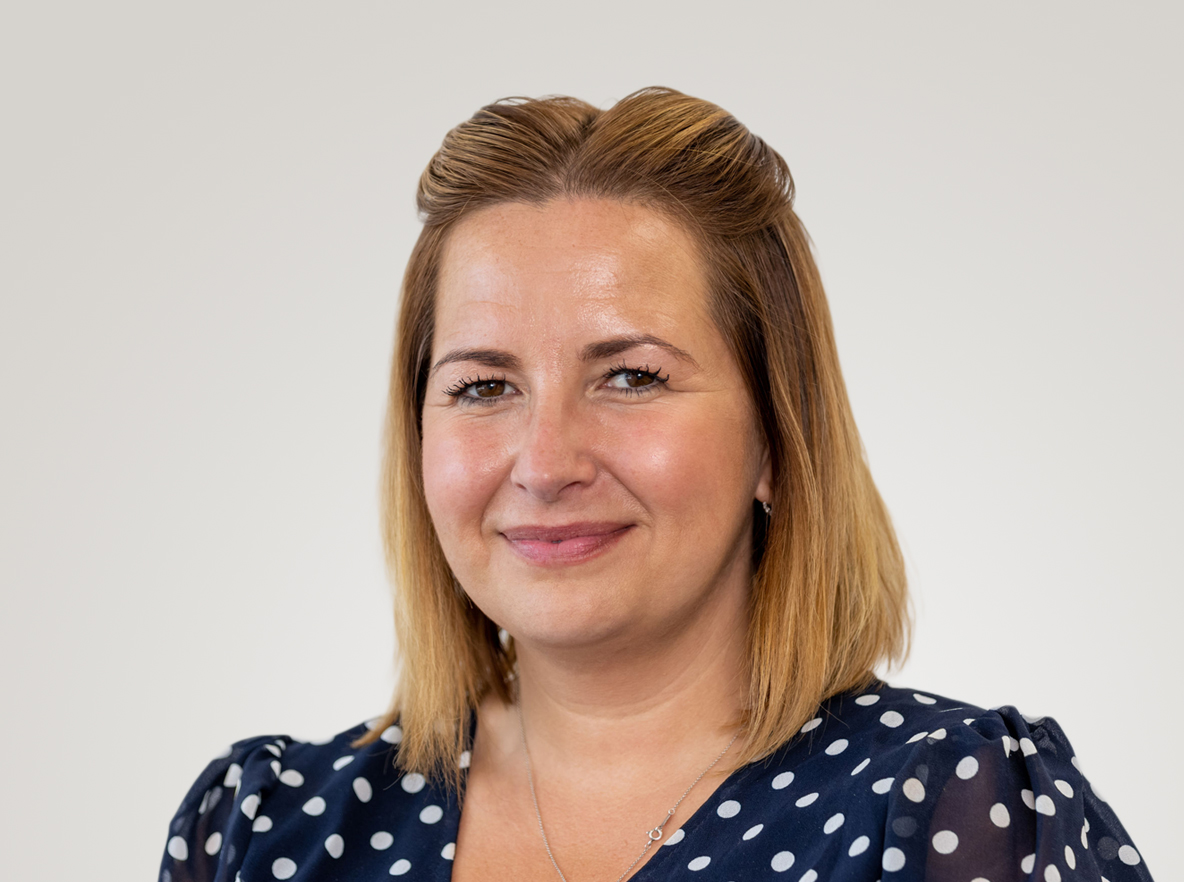
Driving the Future of Healthcare: How NEC Software Solutions is Powering the NHS 10-Year Plan
Lydia Rawlings, Executive Director for Healthcare at NEC Software Solutions, explores the NHS 10-Year Plan, its challenges, and how technology, prevention, and community-based care can deliver lasting improvements.

It is hard to ignore the fact that the NHS is struggling. Patients are having difficulties accessing GP appointments, waiting lists for surgeries continue to grow and A&E care cannot meet demand. It is therefore not surprising that the Government has undertaken a thorough review of the steps that might be taken to fix the problem. Step forward the ambitious NHS 10-Year Plan which aims to reform services and provide an improved level of care for patients.
While the headline statements are impressive, most healthcare providers must be asking the question – how to deliver this effectively, in a timely matter and within already squeezed budgets.
I’ve seen first-hand how the right technology, applied intelligently, can support meaningful system reform. The NHS 10-Year Plan sets out bold ambitions and NEC Software Solutions is already delivering in many of these areas.
What does the NHS 10-year plan cover?
Conversations around the 10-year plan have been ongoing for the past eight months. The government has talked to thousands of staff and members of the public to gather their opinion and ideas for improvement. The 168-page document outlines the frustrations faced by patients and sets out a goal to deal with an increasingly unhealthy population and outdated processes.
The 10-year plan aims to drive one big conversation around how the NHS can shape its future, fix current problems and adapt to the changing social and economic landscape. It will address three radical shifts for the NHS. The first is moving from a reliance on hospital treatment to community-based care. Then the adoption of digital platforms and AI to speed up processes and reduce administration. The final element is catching health conditions earlier to prevent them from turning into long-term issues.
While the plan is being seen as a step forward, there are concerns. Plans to implement significant elements such as effectively establishing a network of new neighbourhood health centres might not come to fruition within this Government’s tenure. There is also the lack of detail on how to deliver these changes.
Fortunately, delivering real impact is an area where NEC Software Solutions has already demonstrated their experience and knowledge. By implementing our simple digital changes, it is possible for health practitioners to make a measurable change in patient care and drive cost-savings across services and procurement. Our process follows three clear steps, screening to make prevention easier, referrals get patients to the right clinician first time and registry data to drive meaningful real-world applications.
Analogue to Digital
When implemented to suit the end means, digital systems are proven to streamline processes, reduce time-intensive errors and increase administration output. Tick all the boxes and the end results are reduced waiting times, an increased level of patient care and significant cost savings.
This is exactly what our Rego solution has been providing for several years and it’s already making a real-world difference for NHS Trusts. Rego uses intelligent workflows and algorithms to help primary care clinicians refer patients to the correct treatment pathway first time. From one platform, Rego will review referrals and advice requests, provide clear and structured information with patient data and automatically update clinical systems after each decision. The referral process is so quick it takes as little as 86 seconds saving valuable clinician time.
The shift to digital can only work when you place users at the heart centre of all decisions and solutions. User Centred Design (UCD) can provide useful input into the creation of healthcare policies that meet users’ needs, but this is an under-used approach. It’s a concept we fully understand through our NEC Digital Studio’s brand. When working with practitioners we first learn about their needs before developing solutions that fulfil the brief. We then repeatedly test and adjust the solutions until they look right for the end-user before implementing at scale.
AI forms a large part of the 10-Year Plan which will integrate into services to become “every doctor and nurses trusted assistant”. Through our work with the NHS, we are already seeing impact through AI-related projects such as enhanced grading in diabetic retinal screening.
Hospital to Community
One of the major issues the NHS needs to address is the ability to reduce pressure within hospitals and provide more care in the community. This will reduce pressures felt within hospitals by transferring more care into neighbourhood hubs that focus on community needs. This will enable those with long-term conditions to be treated locally rather than in a hospital setting.
NEC deliver a range of solutions that work towards catching conditions early and enabling preventative healthcare, tailoring systems to benefit neighbourhood hubs and improving delivery of services. For example, Rego overcomes the obstacles commonly faced when triaging patients and enabling them to determine the best setting for their own care. When referring for treatment the system lists providers in order of proximity to the patient’s home address along with directions and waiting list information. By utilising a user centred design, patients can then indicate their preference and book an appointment time. The result is patients who are more likely to attend appointments rather than ending up back in hospital.
Sickness to Prevention
The government wants to catch conditions early to prevent them from developing further. At NEC we provide screening solutions for newborn hearing, diabetic eye conditions and AAA which focus on reducing the chance of them developing into untreatable conditions. We support 75% of NHS screening services across England.
Our screening goes beyond delivering a service and we have developed a full system that delivers benefits by combining digital solutions with a human aspect. A factor of particular concern to the Government is the health gap between wealthy and deprived areas. One example was Newborn Hearing Screening in Surrey and Sussex where there is a large refugee population in the area. To modernise the screening process, we used a multifactorial approach and involved the local midwifery teams to understand their experience of the area.
By auditing the patients on the screening lists we could determine why babies were not being brought in for appointments – whether it was due to communication issues, financial constraints, cultural beliefs or lack of transport. We could then work with the local midwifery teams to understand how to develop solutions that encourage the parents to attend appointments. The process has been so successful no refugee babies have been marked as WNB (Was Not Brought) for screening over the last five years.
Building on this success, we are developing a multi-condition screening and detection platform to extend early identification across a wide range of health conditions. Launching in 2026, it will use our proven screening technology to help the NHS target resources more effectively and improve long-term patient outcomes.
How digital solutions can save the NHS money
Above all else, the driving force for the NHS 10-year-plan is to reduce operating costs, which can then feed back into medical advancements. Increased Governmental funding has made headway in some areas but there are still far too many pressures facing NHS departments to stem the tide.
Digital solutions available from NEC provide the NHS with measurable cost-saving benefits such as a linked approach through Joint Registries. By opening up a seamless flow of communication between multiple practitioners, it enables a rounded overview of a patient’s condition that enables them to receive the best treatment pathway. This data also provides a platform for consultants to develop and learn by comparing how real-world treatments can deliver long-term benefits for their patients. Joint registries will become a key tool for Local Authorities when transitioning healthcare into neighbourhood hubs.
For healthcare practitioners digital should not only be about saving on consultant time and improving diagnosis but also how you can drive maximum insight and value in the procurement process. Through AdviseInc we can help hospitals and regions track savings across programmes and projects. The UK-wide product price benchmarking solution creates transparency across spending. The solution enables healthcare practitioners to compare product prices across catalogue lines, visualise spending and analyse costs to save money and drive better value.
Uniting user centred digital solutions alongside registry platforms, screening, spending insights and management referral systems can deliver significant enhancements that save on consultant time, improve diagnosis of conditions and reduce waiting times within the NHS.
Want to learn more? Get in touch with our healthcare team
to discuss how NEC Software Solutions can support your organisation.


